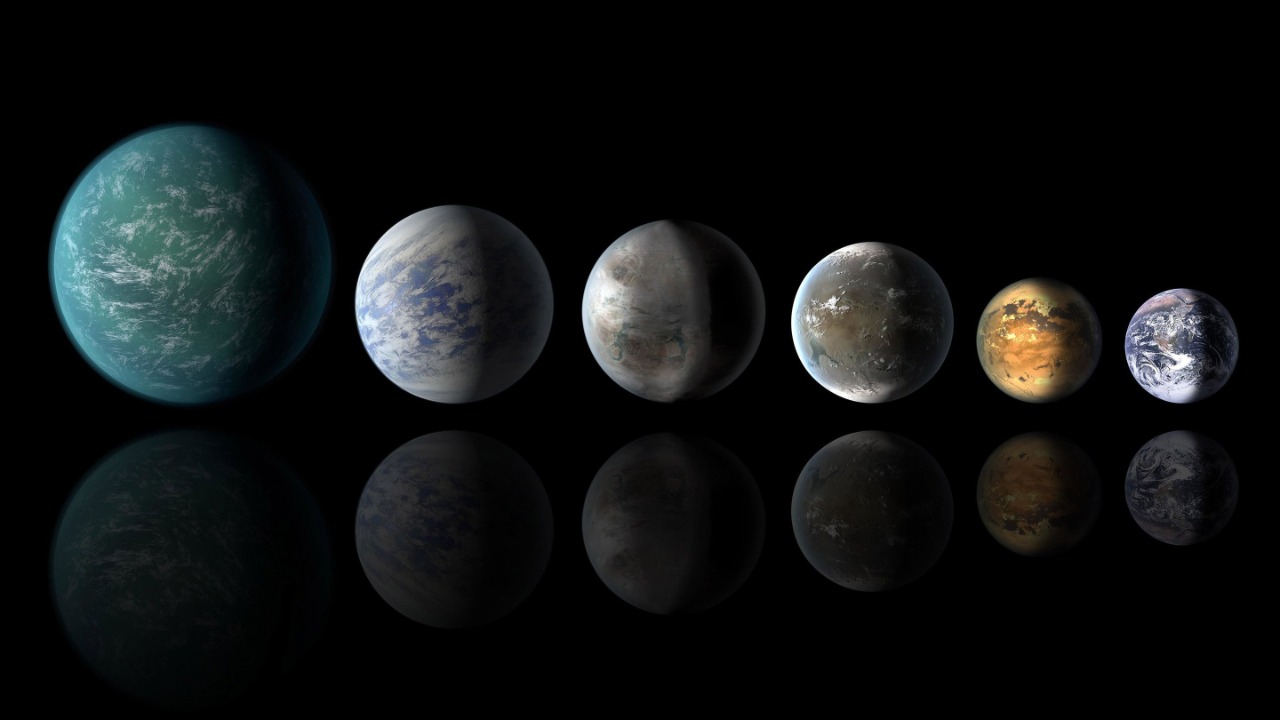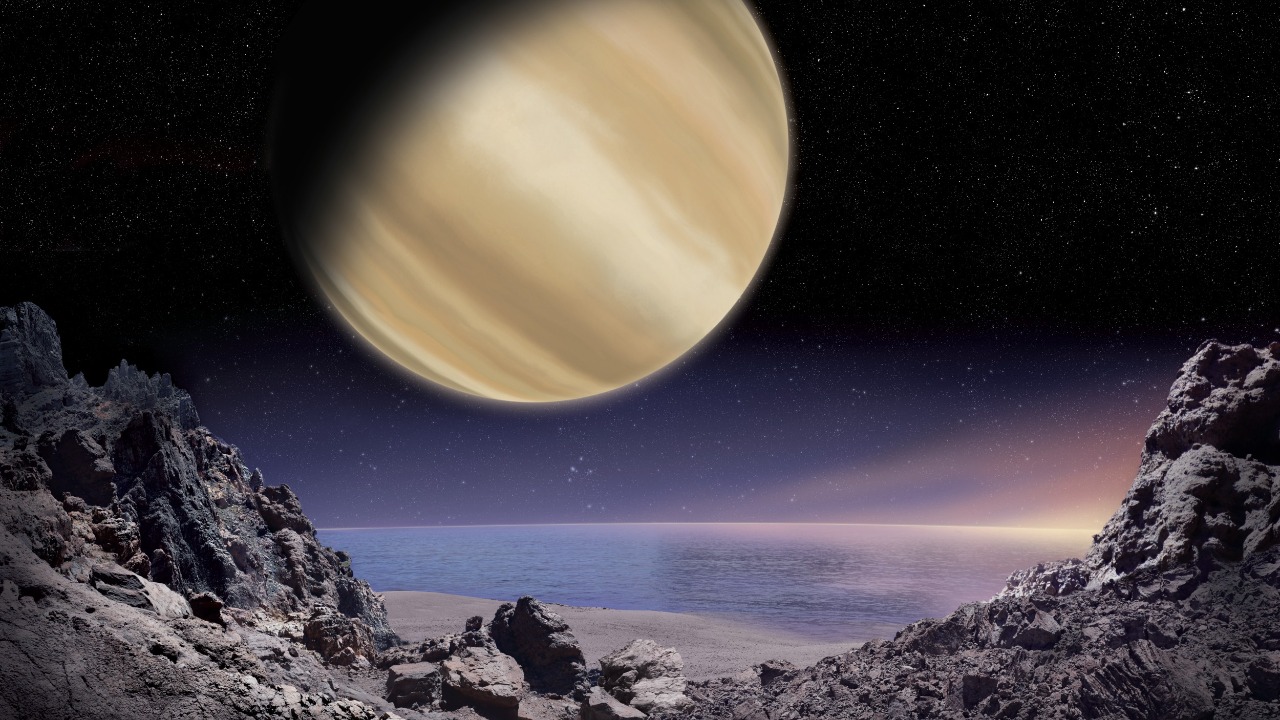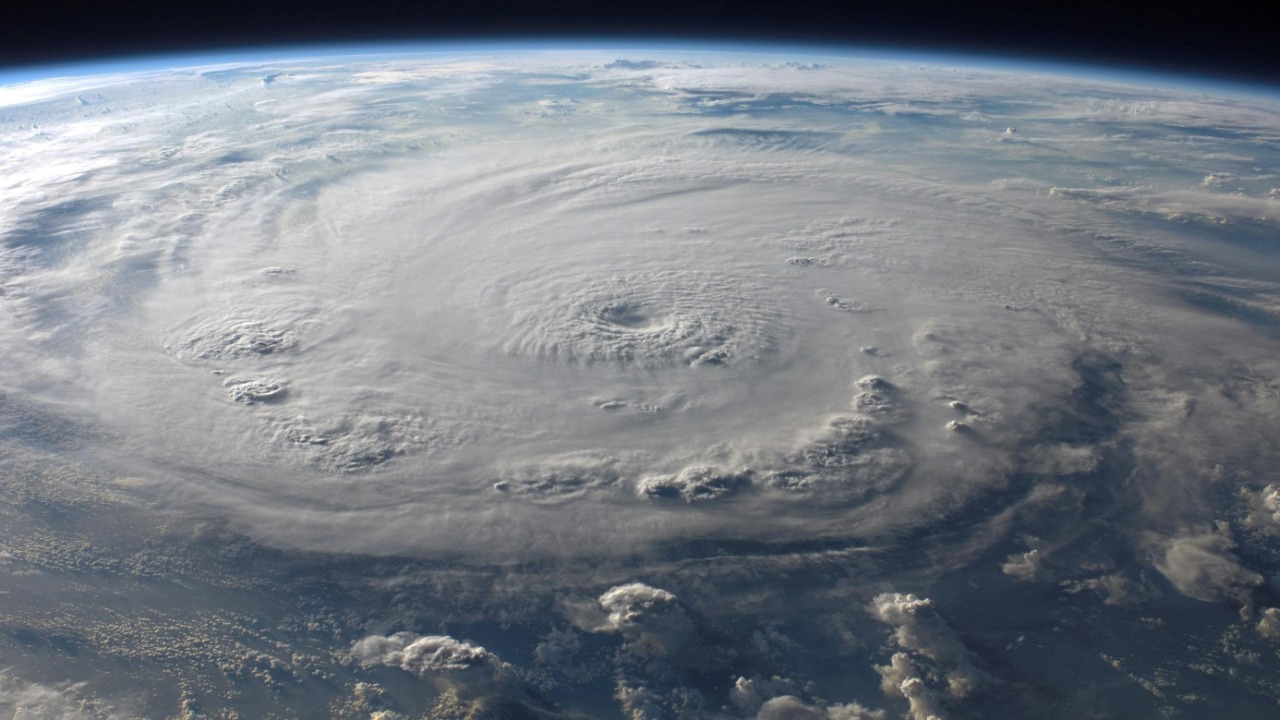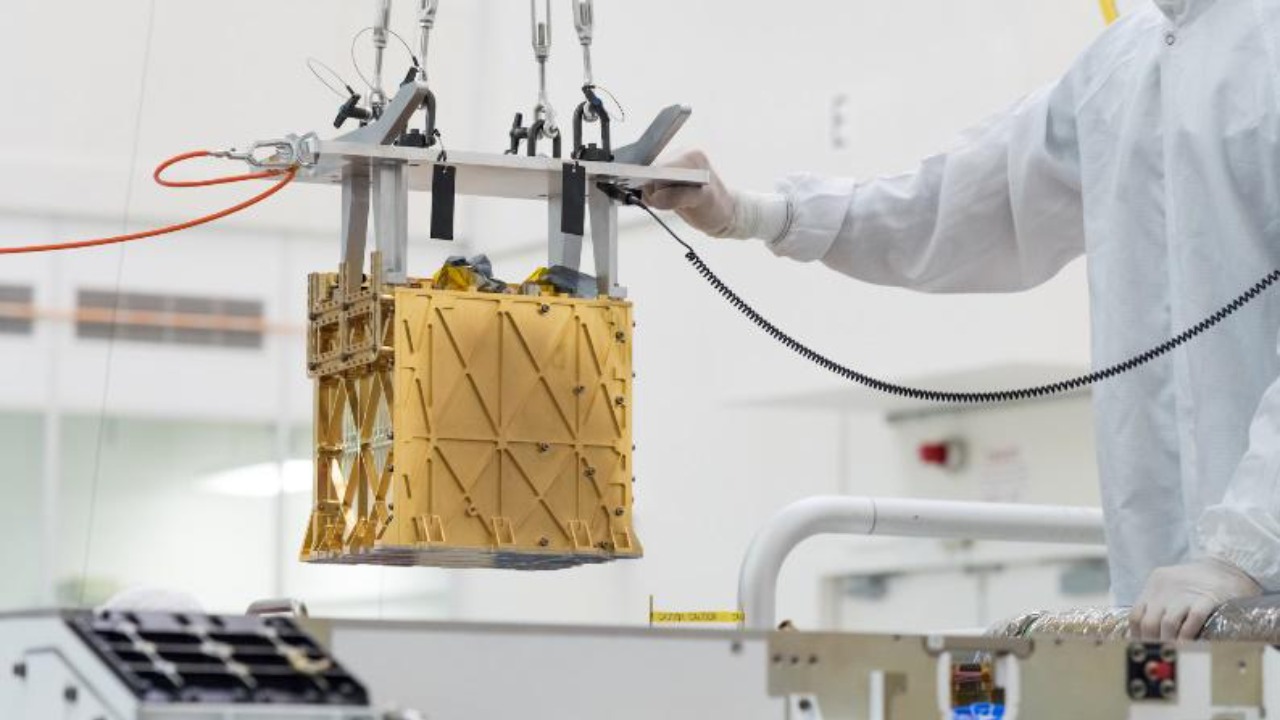
Scientists are recreating the atmospheres of distant planets in laboratory settings to better understand the potential for alien life. These experimental simulations provide crucial insights into the chemical and physical properties of exoplanetary environments, paving the way for future astronomical discoveries and explorations.
Understanding Alien Atmospheres

The study of exoplanet atmospheres is pivotal in the quest to discover extraterrestrial life. By analyzing the gases surrounding distant worlds, scientists can infer the presence of biological activity, climate conditions, and the potential habitability of these celestial bodies. Observational astronomy, primarily using spectroscopy, allows researchers to decode the light from these planets, revealing the composition of their atmospheres.
Spectroscopy, a technique that dissects light into its component wavelengths, has proven invaluable in this field. By observing the absorption lines in a planet’s spectrum, scientists can determine the types of gases present. This information is crucial for identifying atmospheric compositions that might support life. Additionally, other observational techniques, such as direct imaging and transit photometry, complement spectroscopic data, offering a more comprehensive picture of these alien environments.
Atmospheric haze plays a significant role in determining the climate and habitability of exoplanets. Haze can alter the thermal balance of a planet by scattering and absorbing light, affecting surface temperatures. Understanding the properties and formation of haze is essential for assessing the potential of life-supporting conditions on these distant worlds. As researchers continue to refine their models, the significance of haze in planetary atmospheres becomes increasingly apparent.
The Science Behind Atmospheric Simulation

Recreating alien atmospheres in laboratory settings involves sophisticated techniques that mimic the extreme conditions found on distant planets. High-pressure chambers are often employed to simulate the intense atmospheres of gas giants and rocky planets alike. These chambers allow scientists to adjust variables such as temperature, pressure, and chemical composition to replicate extraterrestrial environments accurately.
Recent advancements have enabled the simulation of various atmospheric compositions, from methane-rich to ammonia-laden and hydrogen-dominated environments. These simulations help researchers understand how different chemical interactions might occur under alien conditions. Spectroscopic analysis of these recreated atmospheres provides insights into potential biomarkers—chemical indicators of life—enhancing our understanding of where life might thrive beyond Earth.
However, accurately replicating extraterrestrial conditions poses significant challenges. The complexity of planetary atmospheres, with their myriad chemical interactions and climatic influences, requires cutting-edge technology and innovative methodologies. Despite these hurdles, technological advancements, such as more sensitive spectrometers and improved computational models, are continually pushing the boundaries of what is possible in simulating alien worlds.
Key Findings from Recent Experiments

Recent experiments have yielded groundbreaking insights into the atmospheric conditions of exoplanets. One notable study successfully simulated exoplanetary haze, providing valuable data on its composition and impact on climate. By recreating the thick, hazy atmospheres seen in certain exoplanets, scientists have gained a deeper understanding of how these particles influence weather patterns and potential habitability.
These laboratory simulations have also refined our understanding of atmospheric processes, revealing new potential biomarkers that could indicate the presence of life. For instance, the detection of unusual chemical signatures in simulated atmospheres has prompted scientists to reconsider existing hypotheses about alien life. These findings challenge previously held assumptions and open new avenues for exploring the possibilities of life beyond our solar system.
The implications of these discoveries extend far beyond theoretical models. They inform current and future astronomical missions, guiding the development of instruments designed to detect similar atmospheric phenomena in real exoplanets. By providing a clearer picture of what to look for, these experiments enhance the likelihood of identifying life-supporting conditions elsewhere in the universe.
Implications for Astrobiology and Future Research

The simulation of alien atmospheres is a cornerstone of astrobiology, offering crucial insights into the potential for life beyond Earth. As scientists continue to refine their techniques, these experiments help narrow the search for habitable planets, focusing efforts on worlds with the most promising conditions. This targeted approach increases the efficiency and effectiveness of space exploration, maximizing the scientific return on investment.
These findings also guide the development of new technologies for future missions. Instruments capable of analyzing the atmospheres of distant planets will benefit from the data generated by laboratory simulations, improving their accuracy and sensitivity. As researchers continue to push the boundaries of what is technologically feasible, the prospects for discovering alien life become increasingly tangible.
However, the potential discovery of extraterrestrial life also raises ethical and scientific considerations. The implications of such a finding would be profound, challenging our understanding of life and our place in the universe. As simulations and models continue to evolve, scientists must grapple with these questions, ensuring that future explorations are conducted responsibly and with a clear understanding of the potential consequences.